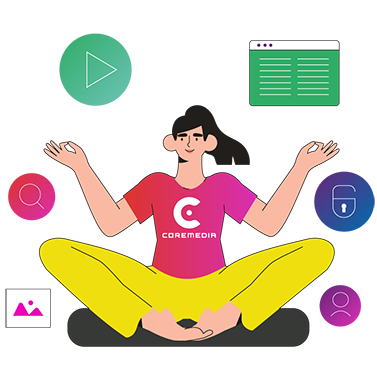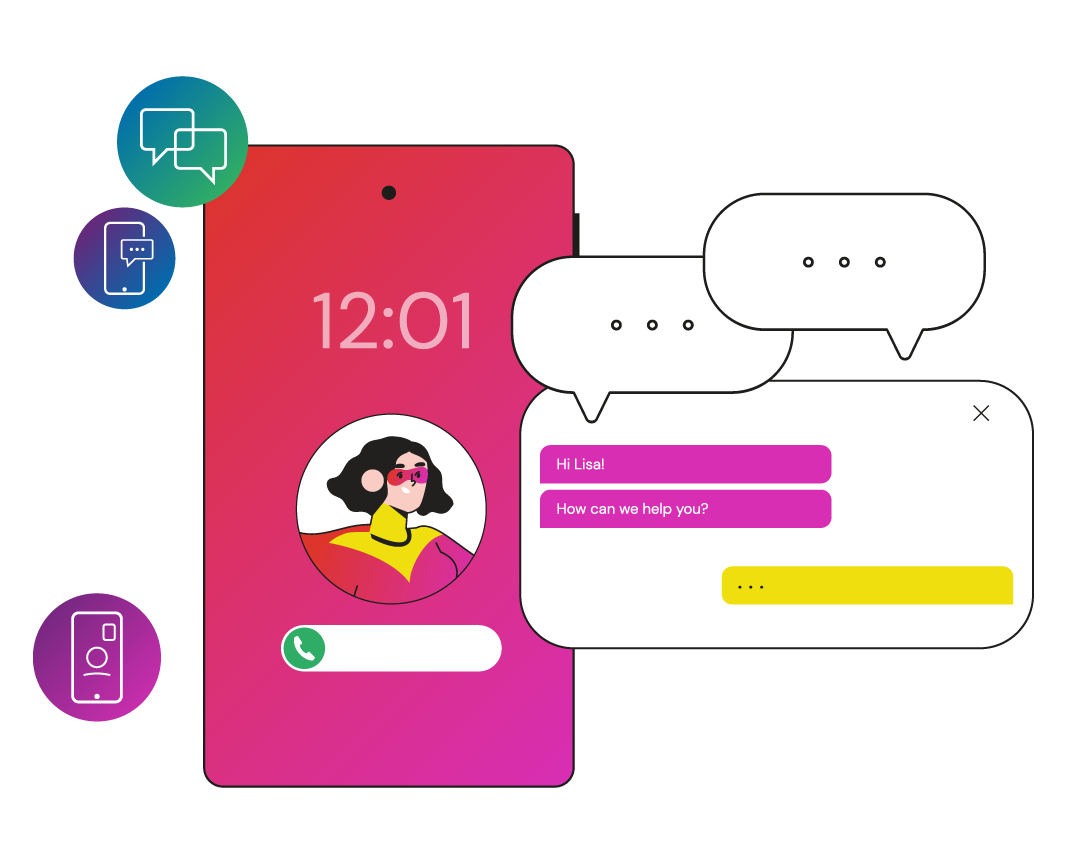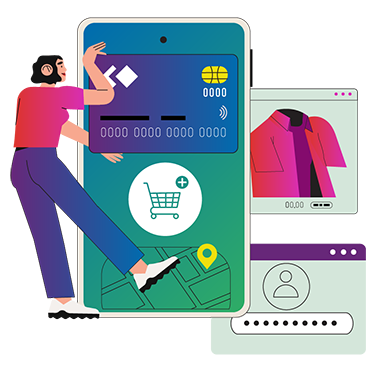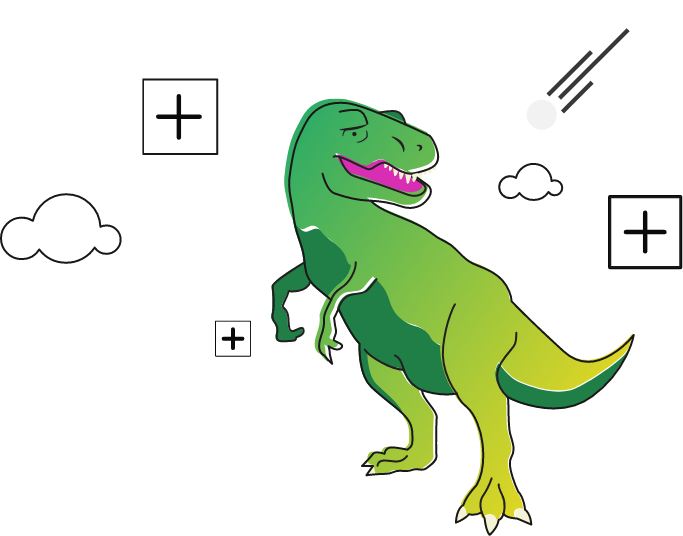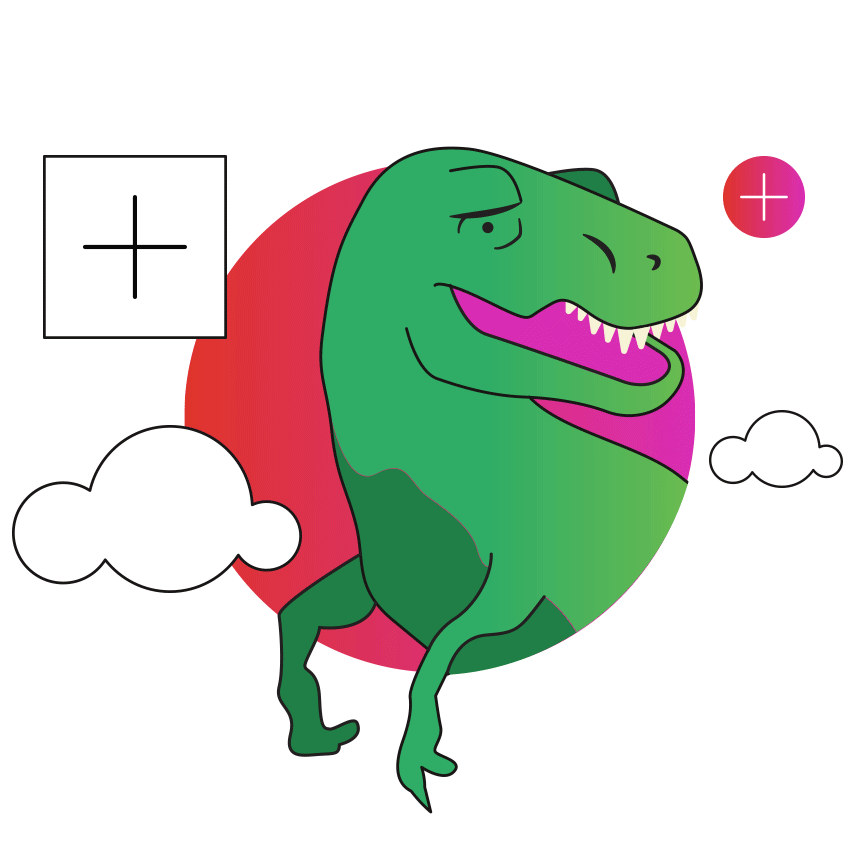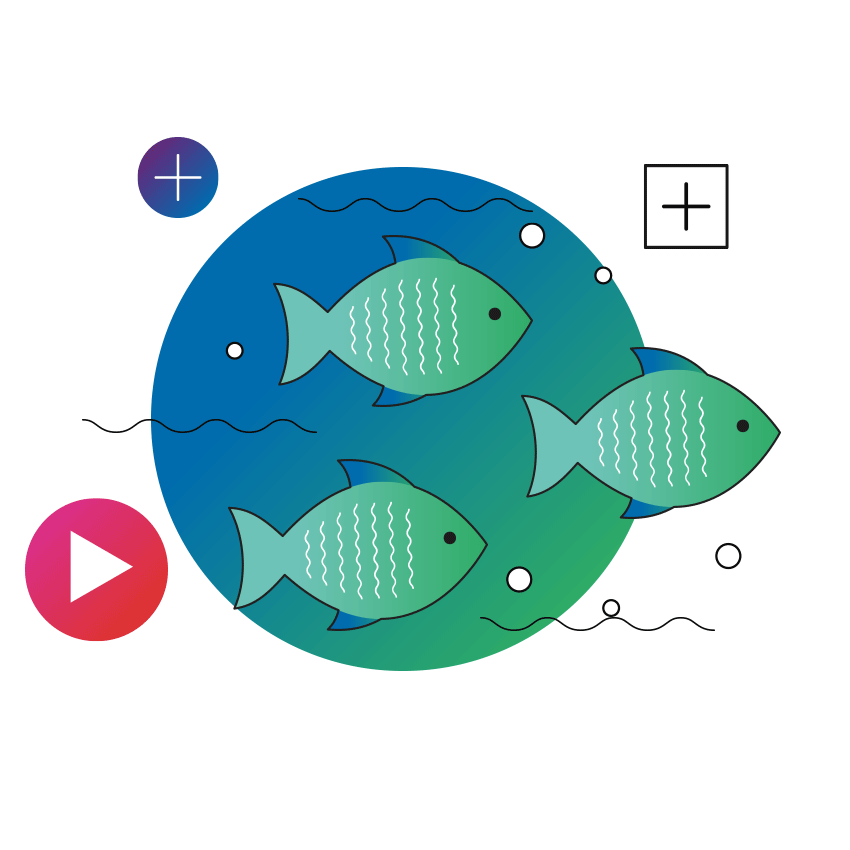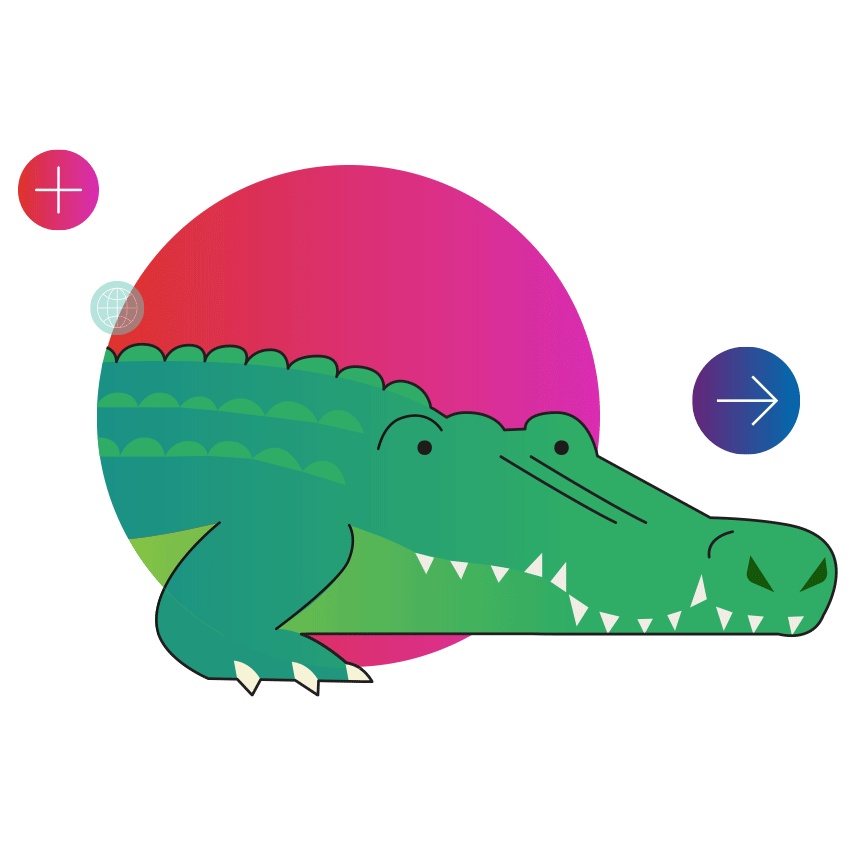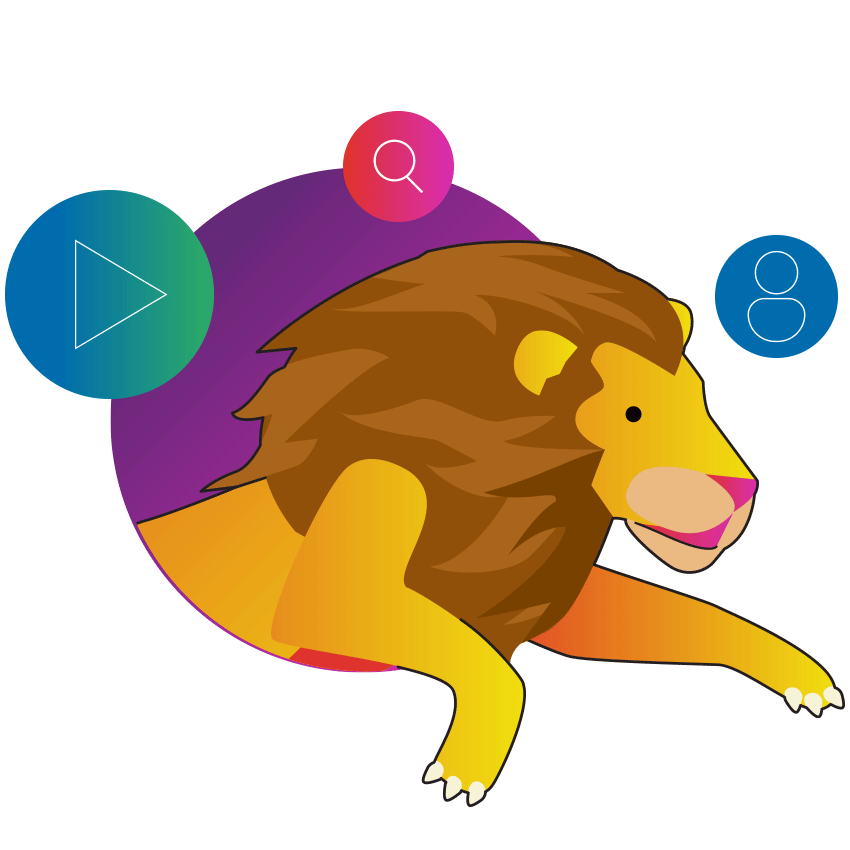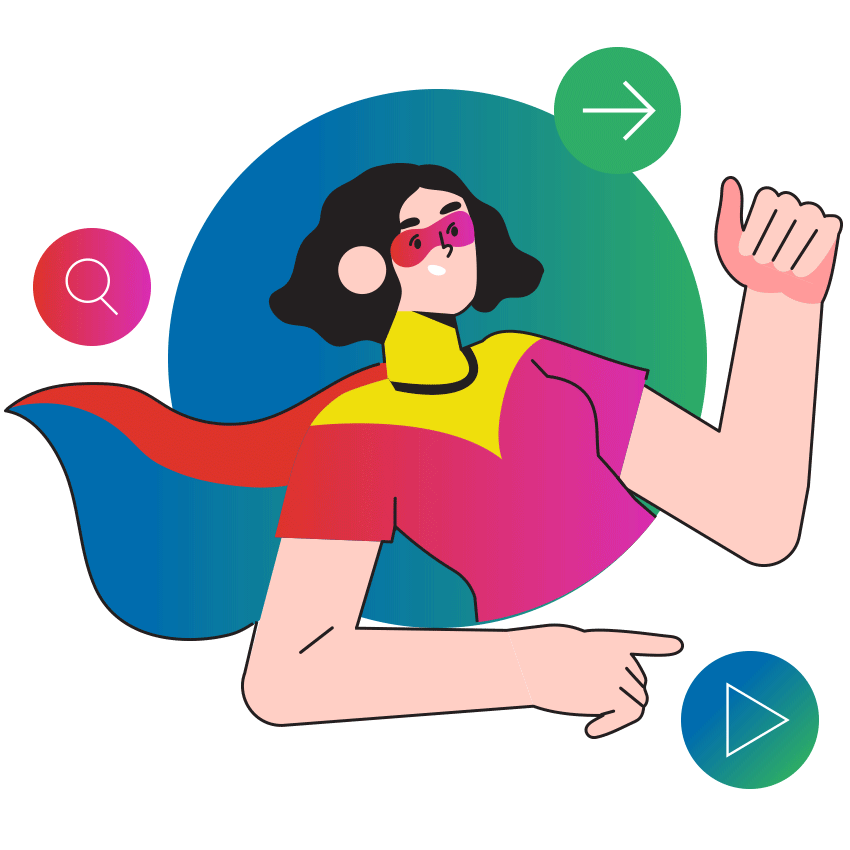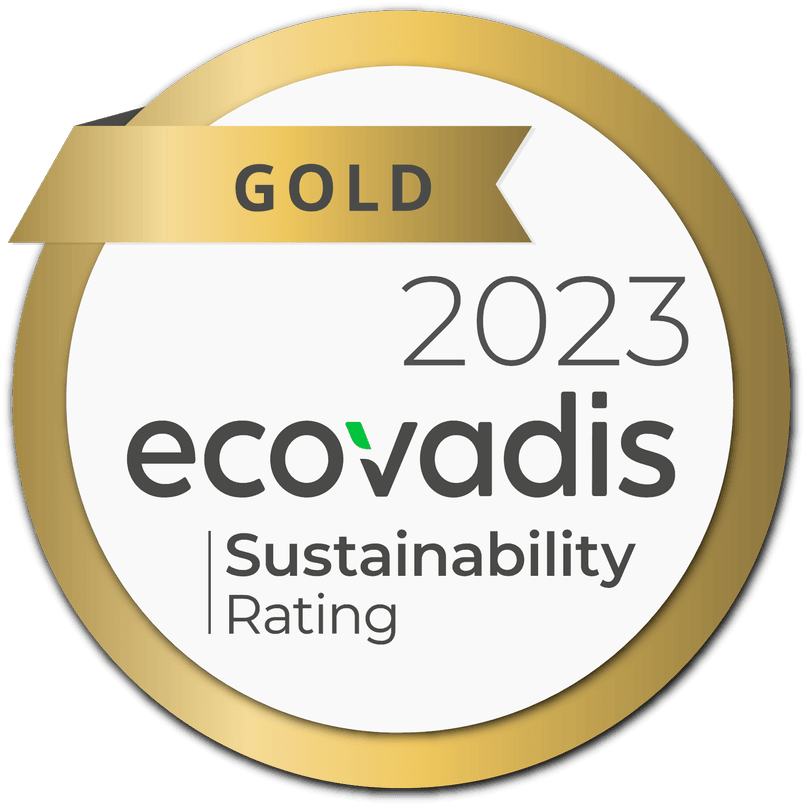Teresa Stockmeyer
”Technology is transforming choice, and choice is transforming the marketplace. As a result, we are witnessing the emergence of a new marketing paradigm—not a “do more” marketing that simply turns up the volume on the sales spiels of the past […] Marketing’s transformation is driven by the enormous power and ubiquitous spread of technology.”
These lines come from an article in an issue of Harvard Business Review. Though they are still valid, these lines are older than you might expect. That article was published in February 1991. But what exactly has changed in the 25+ year old discussion about whether technology and digitization have resulted in better and longer lives or have they brought about job losses, oppression and exploitation? And what impact did this discussion have on marketing?
In the 80s and 90s privatized television as well as print publications caused an exponential increase in frequency and quantity of advertising. The same happened with the entry into the digital age: advertising turned into content and copywriters became content marketers. This shift increased complexity at the beginning of the online era. During the push advertising era, the focus was on the production of creative campaigns. Online marketing put the focus on technology and analysis. Conversion and ROI were and are always the baseline measurement, but now the driving force is statistics rather than creativity.
During the last decades of increased technology focus we seem to have forgotten that the term marketing is a derivation of the Latin word mercatus (marketplace) from Ancient Rome. The Roman marketplace, on the other hand, was an enhanced Greek Agora - the village meeting place. Originally located outside the various settlement centers, over time the Agora gradually moved into the city center with the increasing development of urban structures. News about foreign regions, people and conditions was shared, proposals and plans were discussed, topics were contended and challenged, ideas were proven and disproved.
People gathered experiences and learned new things - through personal experiences and hearsay. Due to its central location and good accessibility, the Agora became a marketplace where sales events were held on a regular basis. Oftentimes, it was the area in a town where the town hall was built. Hostels, inns and churches were then built around these markets. From then on, the market was not only a trading area, but also an important meeting place. People didn’t just exchange goods, more importantly; they exchanged news. In short: it was about telling stories.
To this day, marketplaces are infrastructural centers and social places that we particularly enjoy visiting - e.g. when we are on holiday. Why? Is it because all sensory organs are engaged and a visit to the market is therefore a holistic "experience"? Or because technology plays an insignificant role and the focus is on people? Even today it is often not the goal to buy products when we visit a market. Telling and listening to stories however still fascinates us. We learn through them, feel entertained. And stories touch us. Shouldn't all this also apply to the term marketing - especially with regards to the origin of the term? For years, storytelling has been hailed as a must-have strategy in marketing and the internet is full of articles on this topic (). Nevertheless, storytelling is often seen as a sales tool rather than a method of building close relationships with customers and a loyal community.
In the online age with ever advancing technology and an endless choices, the connection to customers has been lost. Connection is the foundation of brand loyalty. Perhaps it helps to reflect on the origins of the term “Marketing” from time to time, to think of your last visit to the market (on holiday). Because stories are part of us. They are inherently social, and we are all constantly searching for stories to connect with that provide answers to the questions of our everyday lives.
